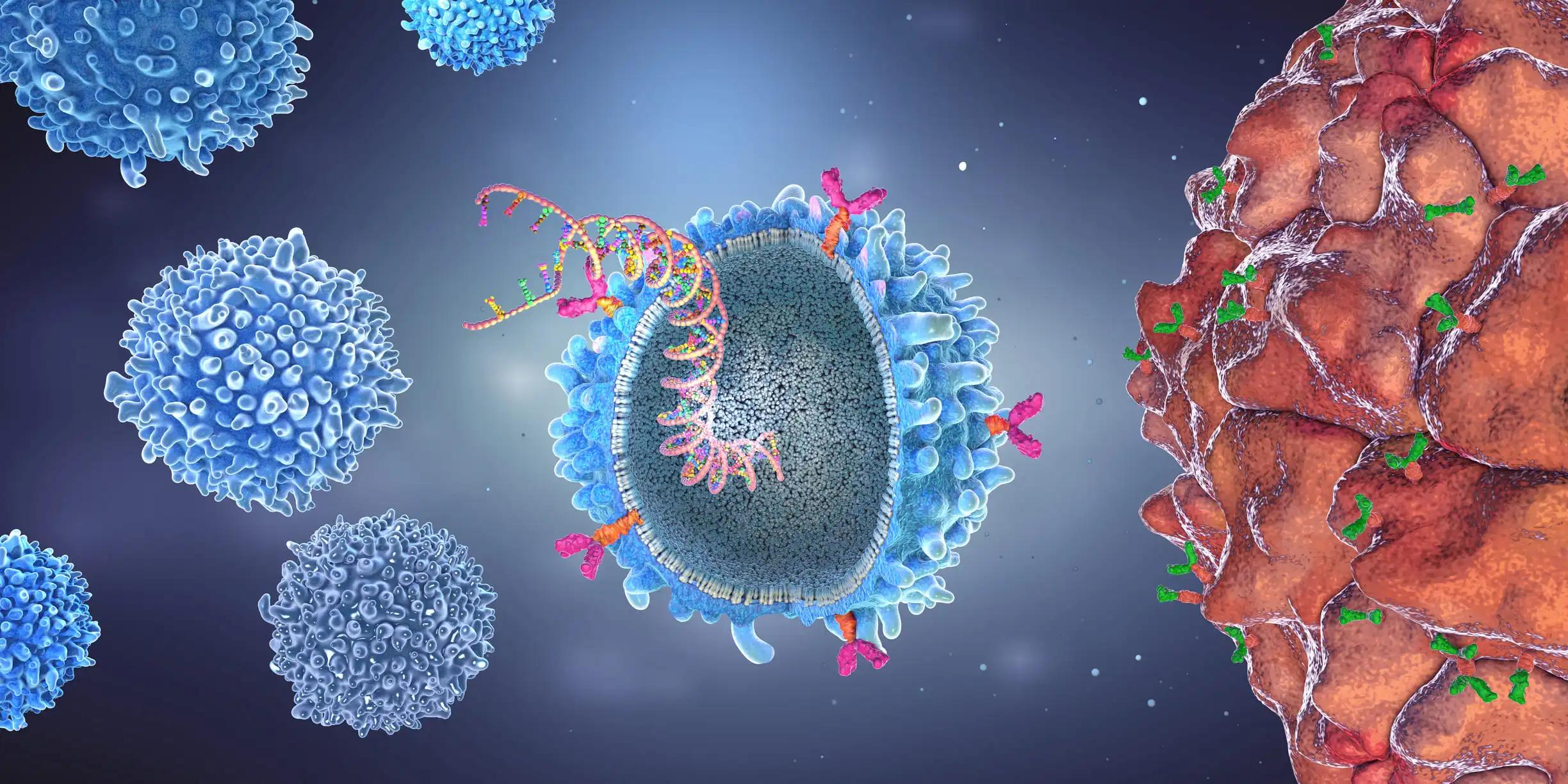KEY TAKEAWAYS
- Ivosidenib (IVO), a targeted inhibitor of mIDH1, is FDA approved for treating R/R AML and ND-AML in adults >75 years of age or with comorbidities that preclude the use of intensive chemotherapy.
- The combination of IVO with azacitidine (AZA) has been recently FDA-approved in older or unfit AML patients with mIDH1 due to the global Phase 3 AGILE trial (NCT03173248).
- IVO+AZA combination therapy leads to deep and durable remissions associated with clearance of mIDH1 and baseline co-mutations. To date, no second-site IDH1 mutations have been observed.
- Relapses were observed in a subset of responders and were generally associated with the expansion or emergence of high-risk mutations occurring independently of mIDH1. Further study is needed to characterize mechanisms of relapse to IVO+AZA better.
Around 6-10% of patients (pts) with AML have mutations in isocitrate dehydrogenase 1 (mIDH1). For the treatment of relapsed/refractory AML and newly-diagnosed AML (ND-AML) in people >75 years of age or with comorbidities that prevent the use of intense chemotherapy, the Food and Drug Administration (FDA) has approved ivosidenib (IVO), a powerful, oral, targeted inhibitor of mIDH1. Also, the global Phase 3 AGILE trial found that patients with AML who had mIDH1 responded better to the combination of IVO and azacitidine (AZA) (NCT03173248).
Complete remission or complete remission with partial hematologic recovery (CR/CRh) rates were 52.8% versus 17.6%, and overall survival (OS) was 24.0 months versus 7.9 months (hazard ratio 0.44; 95% CI [0.27 – 0.73]; P = 0.001) with the combination of IVO + AZA compared to PBO + AZA. In addition, in various pt subgroups, including those with mutations in receptor tyrosine kinase (RTK) pathway genes, a category refractory to IVO monotherapy, biomarker research has demonstrated that IVO+AZA is linked with deep and permanent clearance of IDH1m clones with enhanced clinical responses and EFS/OS.
The purpose of this study is to describe the mechanisms of clonal evolution and relapse in patients with mIDH1 ND-AML who were treated with IVO+AZA. According to the trial protocol, patients were given oral IVO + AZA. The ACE Extended Cancer Panel (Personalis, Inc) was used for next-generation DNA sequencing (DNA-seq) on bone marrow aspirates (BMA), bone marrow mononuclear cells (BMMCs), or peripheral blood mononuclear cells (PBMCs) for baseline and longitudinal samples, with a limit of detection (LOD) of 2% variant allele frequency (VAF). The carcinogenic potential of mutations in 95 AML-related genes was the primary focus of this study.
After a median of 366 days of study, 46 of 72 patients recruited in the IVO+AZA arm obtained complete baseline and longitudinal DNA-seq data (range 16 – 1210). Baseline mutation frequency was typically 3 (range 1 – 10). Around 28 patients, including 22/34 (65%) pts who achieved CR/CRh, had all baseline non-DTA (DNMT3A / TET2 / ASXL1) mutations suppressed to below the LOD (“mutation clearance”).
On-treatment samples were evaluated for the appearance of mutations not observed at baseline to investigate potential pathways of acquired resistance. Overall, 22 of 46 patients (48%) were found to have novel mutations (median 2 emerging mutations; range 1-6). Two out of 46 patients (4%) exhibited new mutations in IDH2, but treatment was stopped due to side effects or stable illness. There were no second-site IDH1 mutations found in any of the response groups.
8/10 (80%) pts who stopped treatment due to relapse (RL) after an objective response had longitudinal samples available (4 CR, 2 CRh, 1 CRi, 1 MLFS). It shows that 6 out of 8 (75%) RL pts had newly emerging mutations. Newly discovered mutations in genes such as ASXL1, FLT3, RUNX1, and TET2 have been repeatedly linked to RL (2 pts each). On the other hand, around 6 out of 8 patients (75%) had no IDH1 mutation found at RL. Among the 2 RLs that didn’t coincide with the appearance of novel mutations, one was linked to the growth of a preexisting FLT3-ITD subclone. At the same time, the other was unrelated to any mutational changes. A presentation of the results of scDNA-seq is being prepared to assess further the clonal evolution and illness progression of these pts.
Treatment with IVO with AZA results in complete and long-lasting remissions, with the loss of mIDH1 and the return to pre-treatment levels of co-mutations. Even though no second-site IDH1 mutations have been found yet, relapse is still possible due to the emergence of mutations in other genes, such as IDH2. In some responders, relapses occurred, typically linked to the spread or appearance of high-risk mutations unrelated to mIDH1. Mechanisms of RL response to IVO+AZA need to be better characterized, which necessitates more research.
Source: https://ash.confex.com/ash/2022/webprogram/Paper159473.html
Clinical trial: https://clinicaltrials.gov/ct2/show/NCT03173248
Döhner, H. (2022). Molecular Characterization of Clinical Response and Relapse in Patients with IDH1m ND-AML Treated with Ivo+AZA in the AGILE Study. [online] ash.confex.com. Available at: https://ash.confex.com/ash/2022/webprogram/Paper159473.html [Accessed 3 Mar. 2023].



